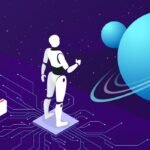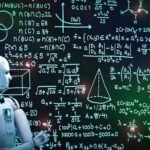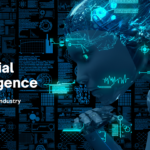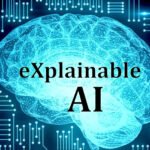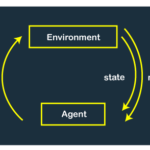What is AI writing
/ /
Artificial intelligence (AI) has been making tremendous strides across various industries, and the world of writing is no exception. AI writing, also known as automated or machine-generated writing, refers to the process of using advanced algorithms and natural language processing to generate content. This exciting technology has garnered attention for its potential to revolutionize the way we produce, consume, and interact with written material. In this blog, we will delve into the world of AI writing, exploring its capabilities, applications, and the impact it can have on the future of written communication.
- How AI Writing Works: AI writing relies on sophisticated algorithms that have been trained on vast amounts of text data. These algorithms analyze patterns, grammatical structures, and contextual information to generate human-like text. Some AI writing models are trained specifically for certain tasks, such as language translation, content generation, or even creative writing. They learn to mimic the style and tone of human writers, producing coherent and contextually appropriate content.
- Applications of AI Writing: AI writing has found applications in numerous domains, benefiting both individuals and businesses. Content creators can leverage AI to automate routine writing tasks, such as drafting blog posts, generating social media captions, or producing product descriptions. AI can assist journalists by summarizing large volumes of information or even creating news reports based on data analysis. Additionally, language translation services have greatly improved with AI, enabling faster and more accurate translations across multiple languages.
- Advantages of AI Writing: AI writing offers several advantages over traditional writing methods. Firstly, it can save significant time and effort by automating repetitive tasks, allowing writers to focus on more creative aspects. Secondly, AI writers can process vast amounts of data and extract relevant information, enabling comprehensive research and fact-checking. Furthermore, AI-generated content can be highly customizable, adapting to different styles and tones based on user preferences. This flexibility makes AI a valuable tool for various writing needs.
- Limitations and Challenges: Despite its advancements, AI writing still faces certain limitations. AI models rely heavily on the training data they receive, which means they may inadvertently replicate biases or inaccuracies present in the data. Ensuring fairness, accuracy, and avoiding the propagation of harmful content remains a challenge. Additionally, AI writers lack the emotional intelligence, creativity, and critical thinking abilities that human writers possess, making it challenging for them to generate truly original or deeply nuanced content.
- The Future of AI Writing: The future of AI writing is promising. As technology continues to advance, AI models will become more sophisticated, capable of producing higher-quality and more contextually aware content. Collaborative approaches, where AI assists human writers rather than replacing them, are likely to become prevalent. The combination of AI’s efficiency and data processing capabilities with human creativity and emotional intelligence can result in remarkable works that resonate with readers.
Posted in Blogs




















